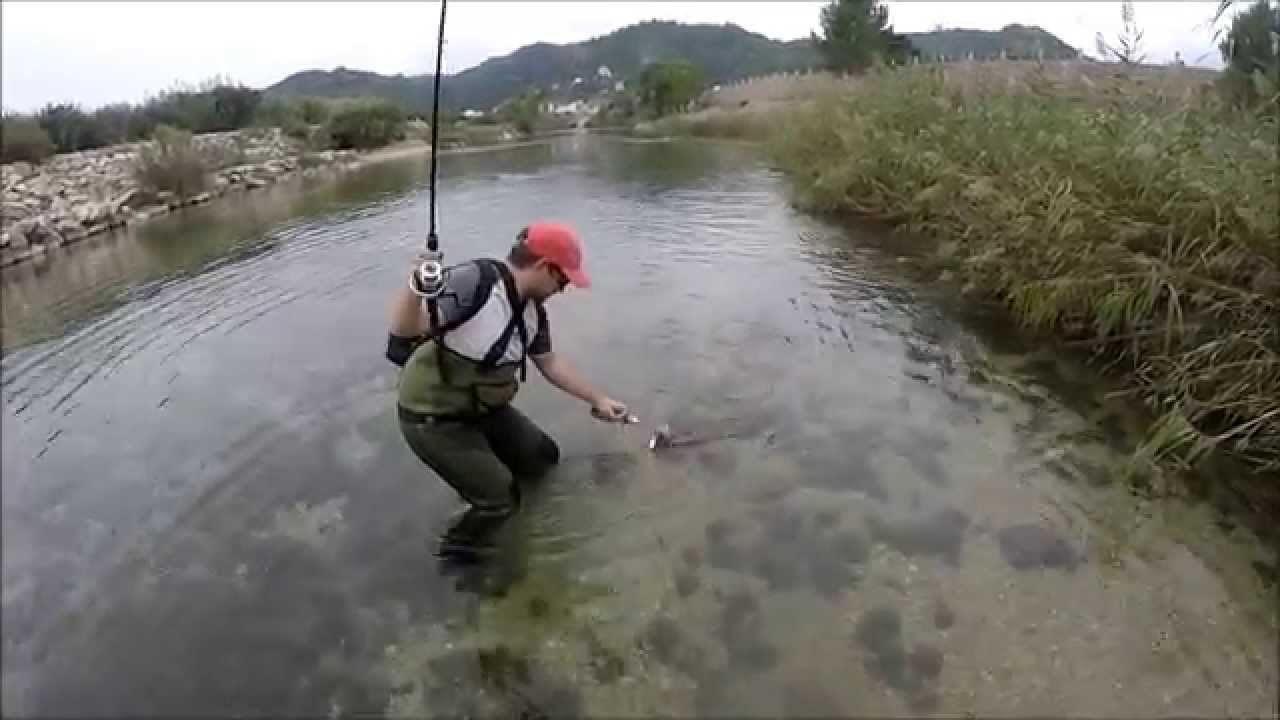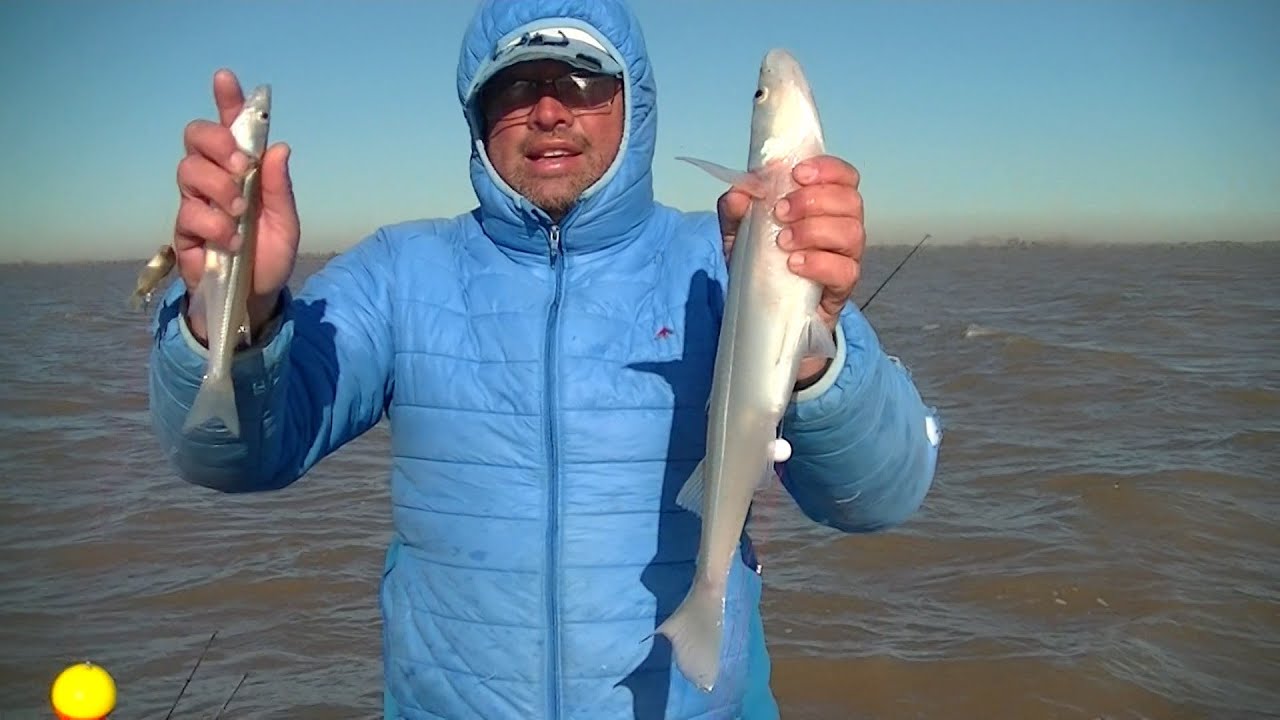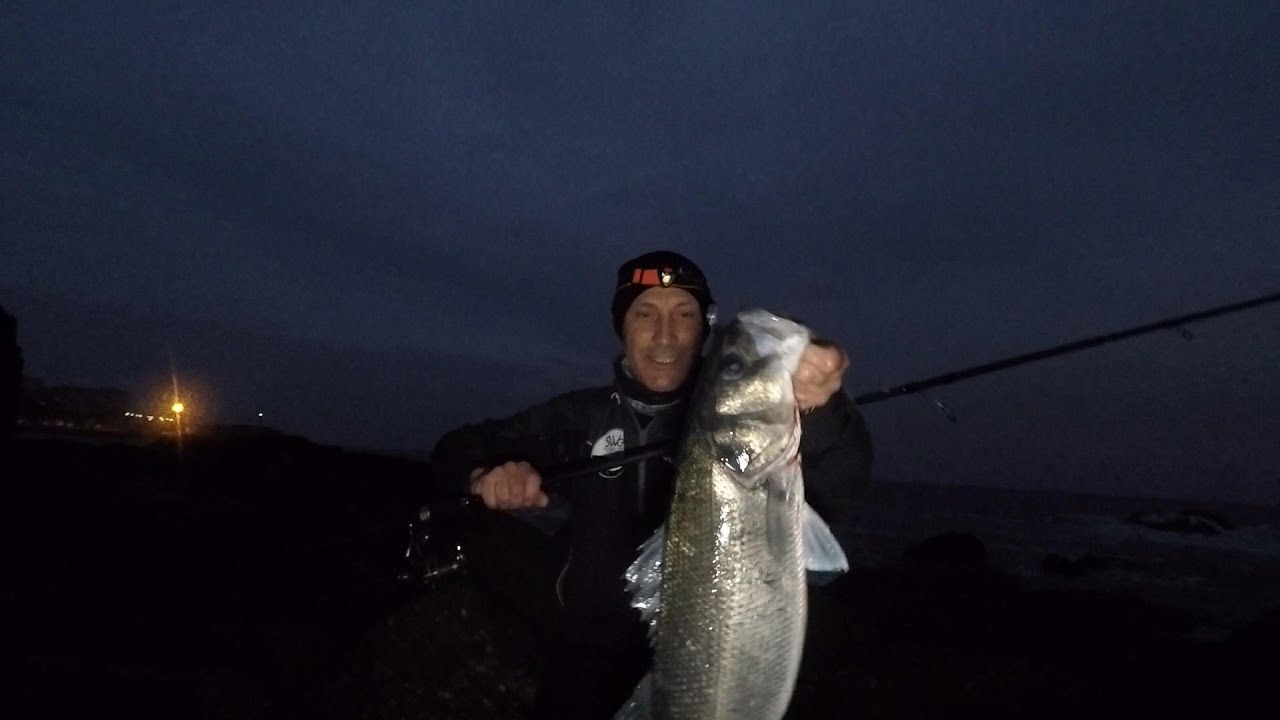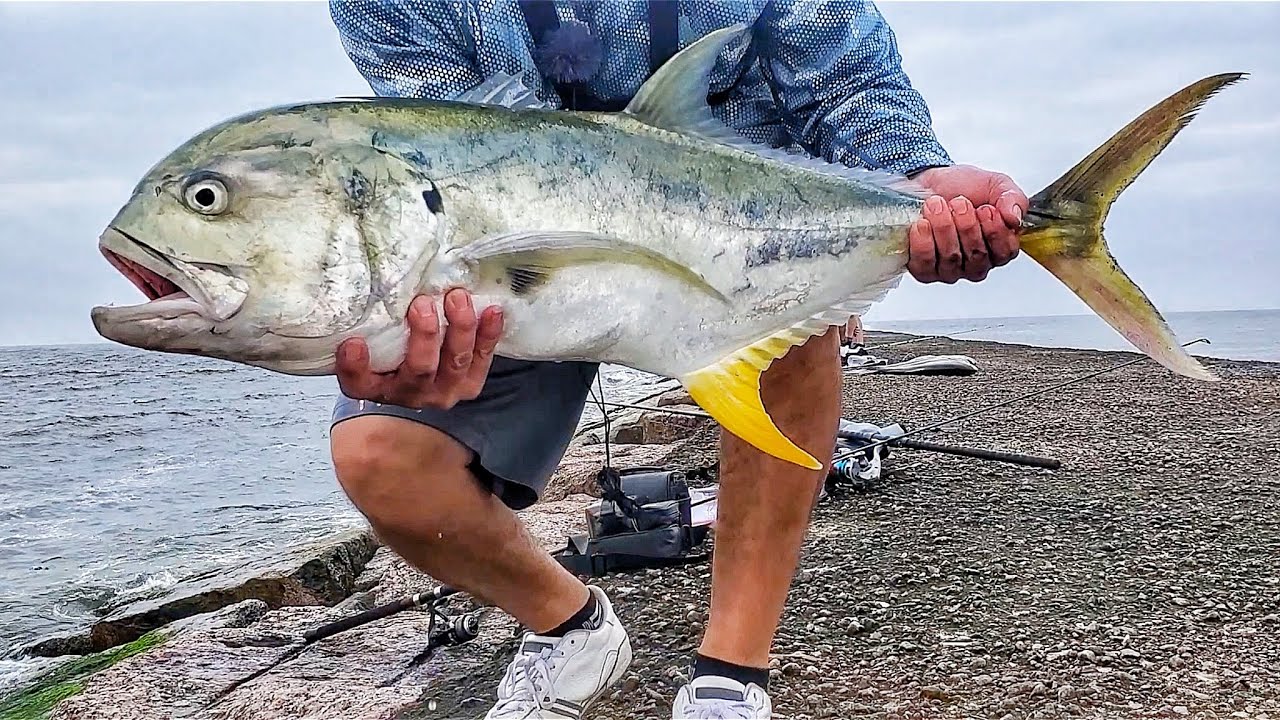Little tunny are also a highly esteemed fish for sport fishing, this is because he is very strong and is an excellent fighter when doing practice.
It is a very particular fish because it does not have scales, but rather has a bluish skin with particular stripes on the back area. Is it so related to tuna and from there comes the speed and power of his swim.
We can get them perfectly the mediterranean coast and, of course, in the Atlantic, both towards the European area and in the vicinity of Brazil. It is possible to do your fishing on the high seas, where they are always located to hunt down the large schools of fish. However, in the coastal area it is possible to get them, Especially to port areas and deep drop zoneslike the ravines.

What is the best time to fish for little tuna?
The best time to locate little tunny goes from september to november. At the end of summer is when you usually see a large number of little tuna in the most coastal areas.
It is possible to see them feeding near the surface, although their hunting area is rather at mid-sea height. Their main diet includes sardines, mackerel, herring and some cephalopods, so when using live bait you can bet perfectly on these delicacies.
How to Fish for Little Tuna from the Coast
Of the preferred fishing techniques for little tuna we have that of spinning and jigging; this for the smaller sizes. For those larger species, trolling will be the ideal option, just as it is done with their tuna relatives.
The little tuna, as we have already mentioned, are really powerful pieces, so you need a team of excellent quality for your fishing.
Little tunny fishing techniques from the coast
Shore Jigging
It is one that works very well from the coast, but when there are deep waters, so the cliffs will be the best places to practice. For this, vertical fishing will be used using intertwined fibers for the line, this will help not only to resist the force of the species, but also the action itself from the vertical.
In relation to the reel, this can be a fast recovery, giving strong pulls as the line is collected.
A variation of the technique is slow jigging, where a slower recovery will be made and with slightly less aggressive blows.
Spinning for little tunny
Unlike the previous one, spinning fishing is more dynamic, due to the type of casts that are made. The use of rods from 15 to 40 gr or even higher is recommended, with lengths up to 270 long. Also using high ratio reels.
As in the previous one, powerful lines between 0.50 and 0.60mm. If you work with several reeds at the same time, it is advisable to be calm and do the work in order in each one of them.
The important thing is to be patient when looking for them and when they really start to bite, concentrate on it and have a great time while doing the long-awaited little tunny fishing session.







